.jpg?width=470&name=shutterstock_747927799%20(1).jpg) When a tooth is missing owing to extraction, trauma or periodontal disease, it's only a matter of time before a natural bone resorption process begins. As a result, and depending on the time frame, some or much of the supporting bone will be lost.
When a tooth is missing owing to extraction, trauma or periodontal disease, it's only a matter of time before a natural bone resorption process begins. As a result, and depending on the time frame, some or much of the supporting bone will be lost.
Severe bone loss leads to a condition known as atrophic jaws. In such cases, the placement of standard dental implants is limited owing to the risk of damaging critical anatomical structures, such as nerves.
When this occurs, the solution, in most cases, is bone augmentation.
For many years, bone augmentation has been the gold-standard treatment for those with bone atrophy who sought implant-based restorations. While certain procedures (such as limited lateral and sinus augmentations) are considered both efficient and predictable, other bone augmentation procedures (including vertical bone and massive lateral augmentations) are less so.
However, there are a few significant obstacles to consider when looking at bone augmentation-based solutions:
- Expenses: Augmentation procedures are expensive and add a significant amount of money to the already expensive implant treatments.
- Healing time and interim restorations: these two factors are presented together, as they directly influence one another.
- Referring the patient to a specialist: many augmentation procedures require a certain level of knowledge and experience that many of the clinicians who place dental implants simply don't have. As a result, more often than not, the only solution is for the dentists to send their patients to a specialist. For the dentist, it means the risk of losing the patient, especially if they decide to opt for bone augmentation and implants under the same specialist as a matter of convenience.
- Limited success rates: like any other surgical procedure, and even in the hands of the best specialists, augmentation procedures do not succeed in 100% of the cases, a factor that needs to be taken into account when comparing this option to its alternatives.
So are there other solutions?
Since the mid-1990's, the dental industry has been using short or narrow diameter implants (NDI's). Since short or narrow implants CAN fit into bone, which may not be sufficient for standard implants, this has provided dentists with a fast and economical solution in cases of bone atrophy.

Despite this, many dentists were still hesitant to use either short or narrow diameter implants. When asked why, most of them reply that short implants have lower survival rates owing to the reduced bone-to-implant contact, or because of an unfavorable crown-to-root ratio. When it comes to narrow diameter implants, the claims are that narrow implants are too weak to sustain occlusal forces.
So, are those concerns consistent with current research? Evidence suggests not!
Multiple publications and meta-analysis studies — since before 2010 — relating to short implants of 8mm's or less and their uses to treat severe atrophic ridges in the absence of bone augmentation show that short implants can provide an effective and long-standing alternative to bone augmentation procedures.
It is clear, based on those studies, that factors such as the amount of bone-to-implant contact areas of short implants is sufficient to sustain long term successful results using these implants. Such studies also show that the crown-to-root ratio of implant-supported restorations work differently than that of natural teeth, and that short implants do not “obey” the rules that were established for natural teeth.
As for the case of narrow implants, there are far less studies related to them. However, 3 mm diameter implants and even narrower implants have been on the market for many years, and publications from the last years provide evidence that narrow implants — when used thoughtfully — are a valid and long lasting solution for narrow ridges.
But before dentists rush out and invest in the latest batch of NDI's, there is one major point to note and it's this:
Not all implants are created equally!
Some narrow diameter implants are made simply as an addition to existing implant lines, based on designs that work fine with larger diameter implants. Others are specifically designed. This is an important difference, since only a few of the available narrow implants made to bear the load of conventional mastication and are proven to resist higher fatigue test values.
So what's the key takeaway?
While bone augmentation procedures are considered the standard treatment option for atrophic jaws prior to implant placement, they are costly, require long healing time and show a relatively high potential for complications — both surgical and restorative. Short or narrow implants — when used thoughtfully — are a valid and long lasting alternative, allowing patients and dentists to reach their restorative goals faster without compromising on the outcome.





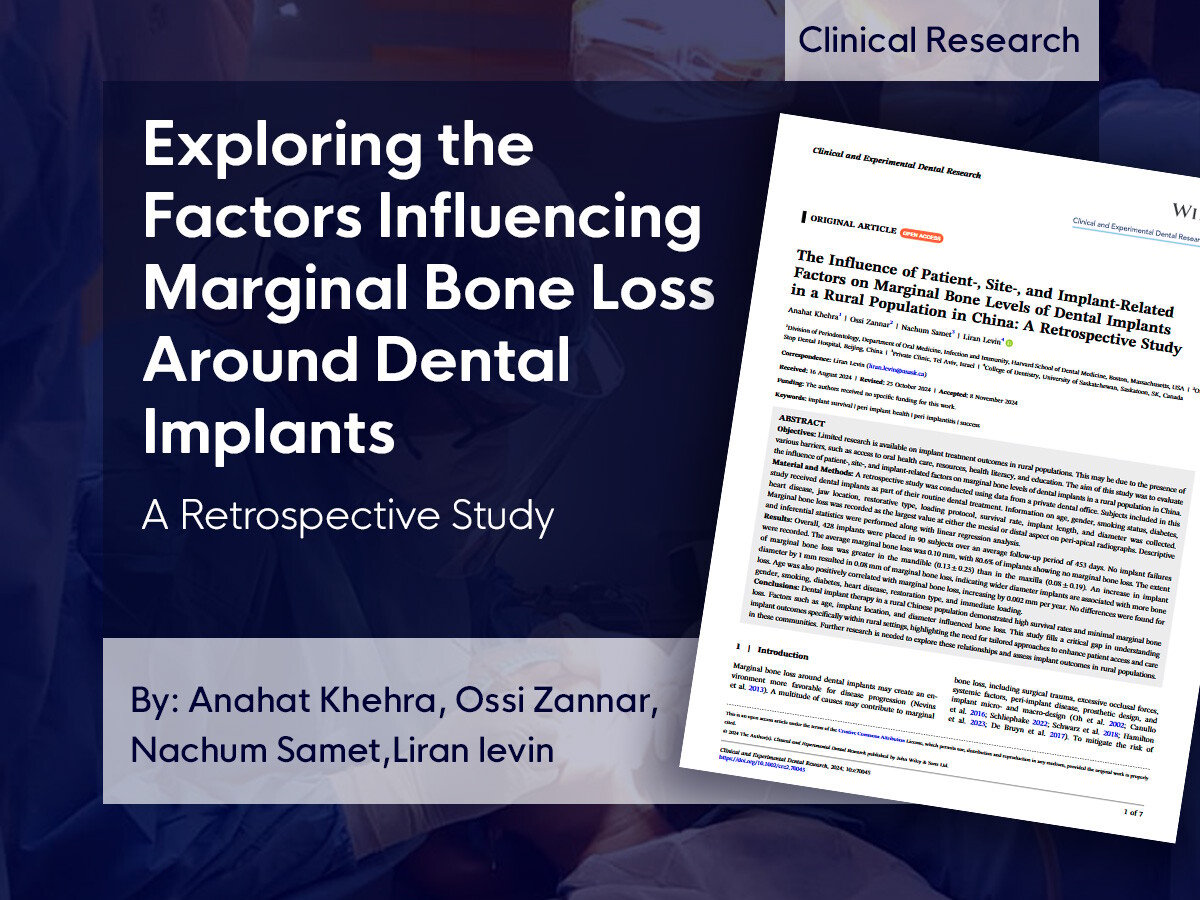
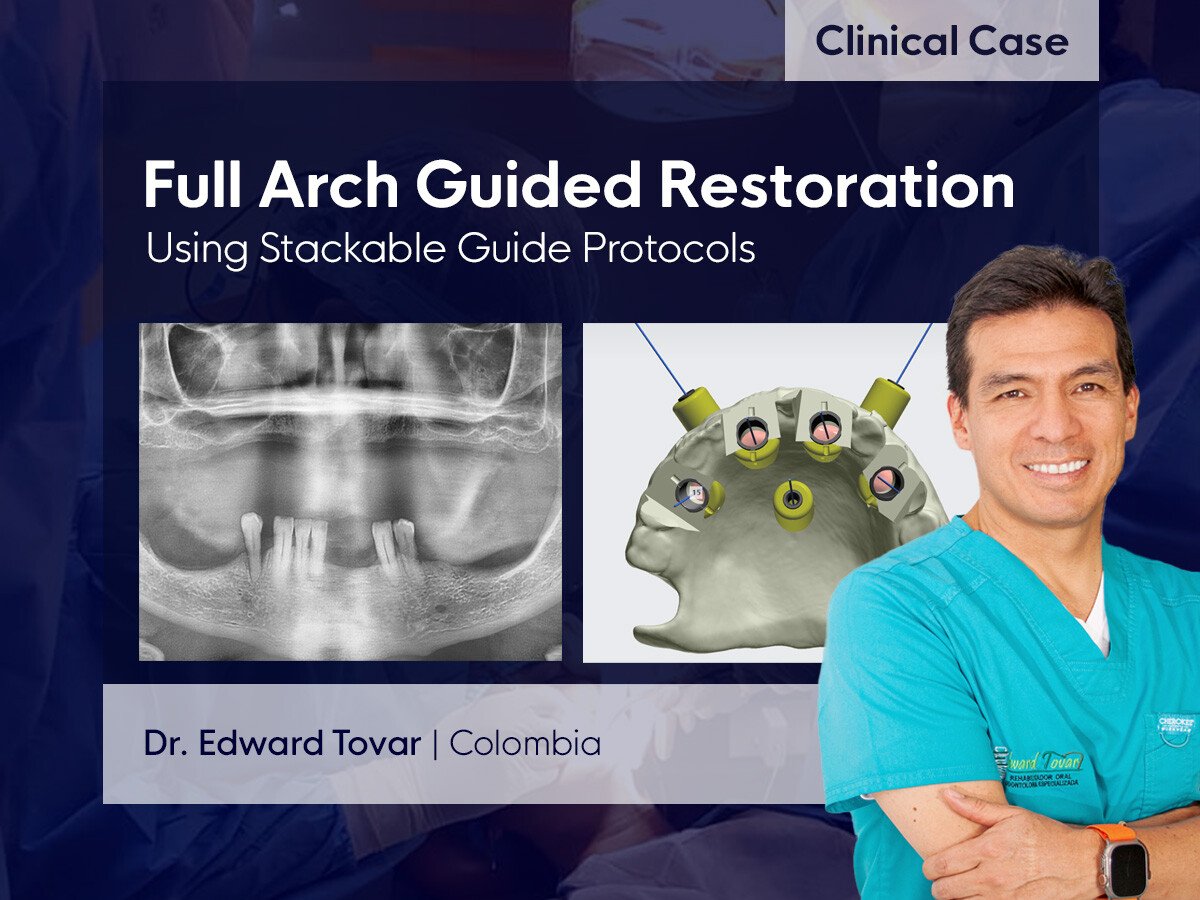



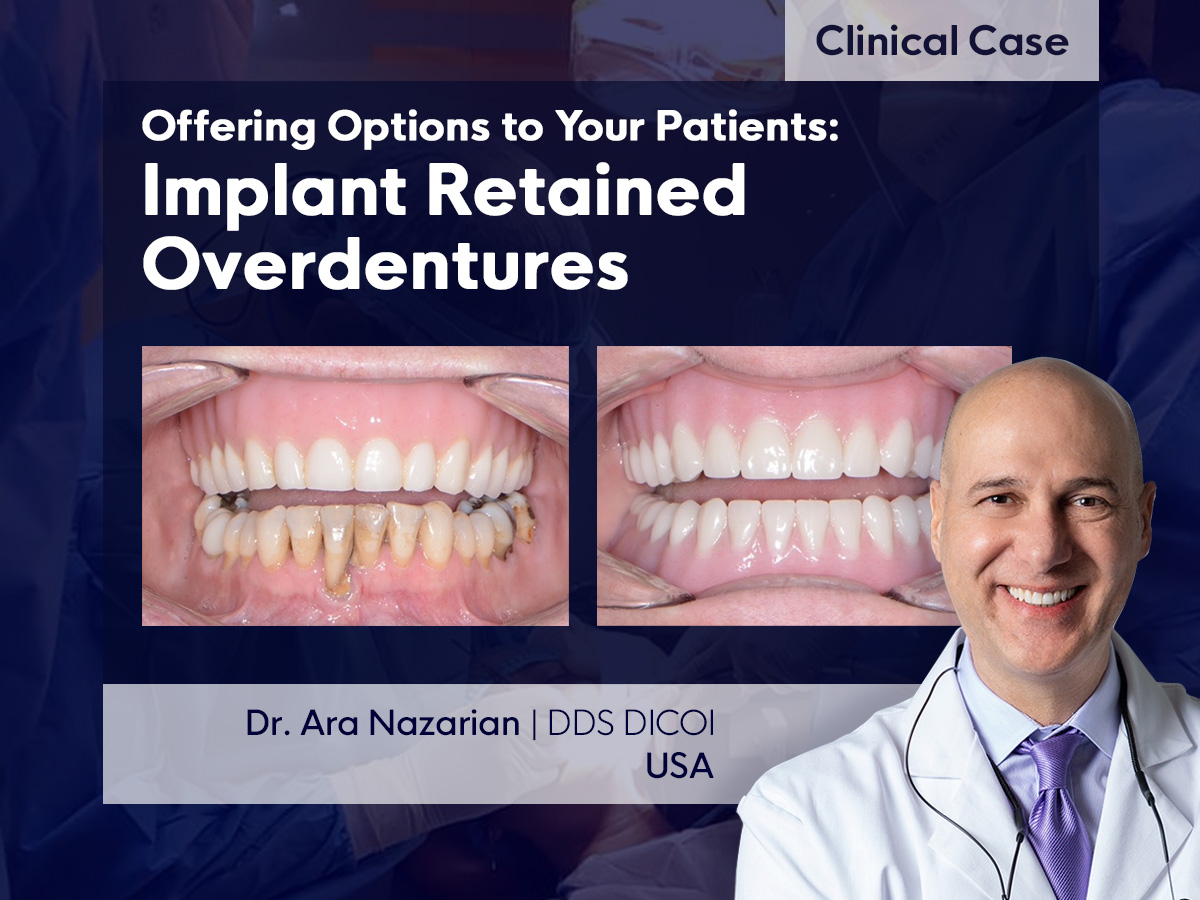
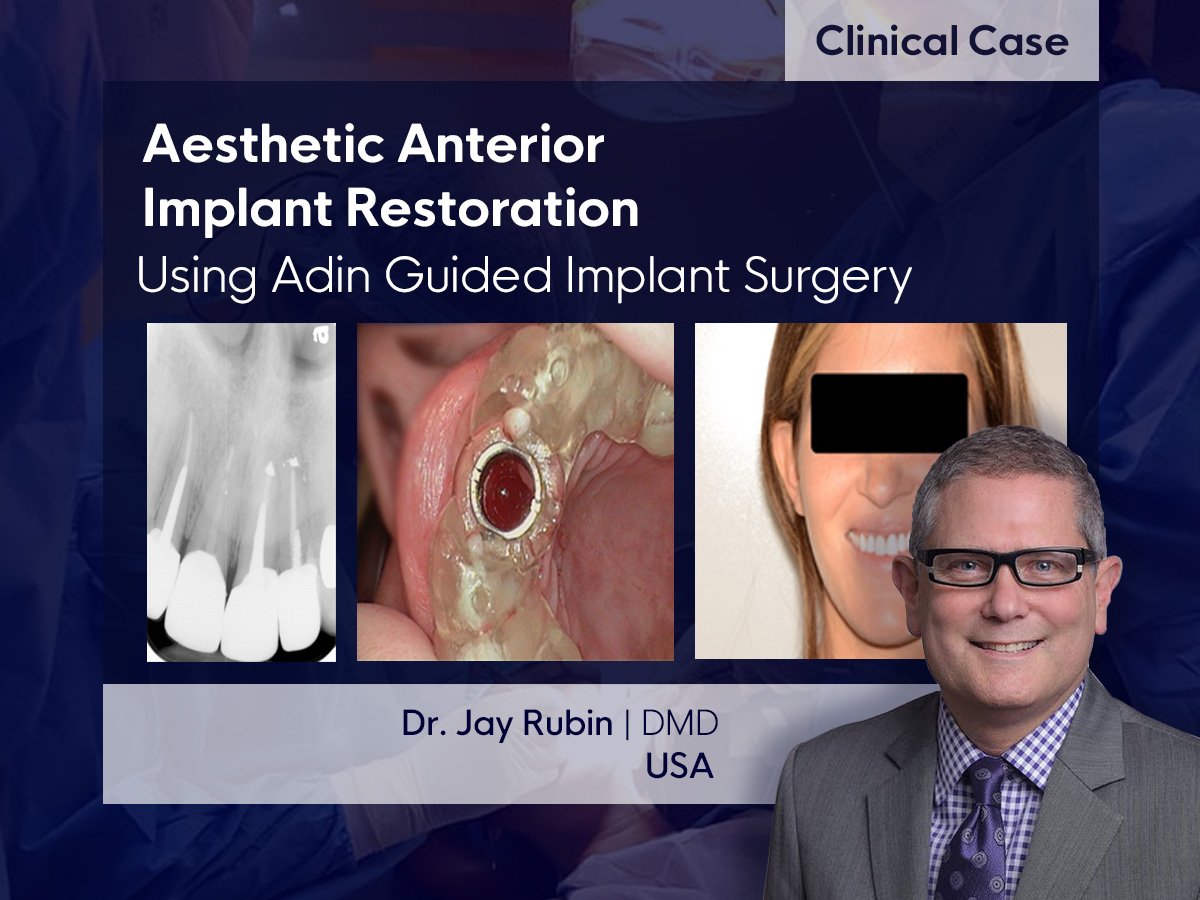

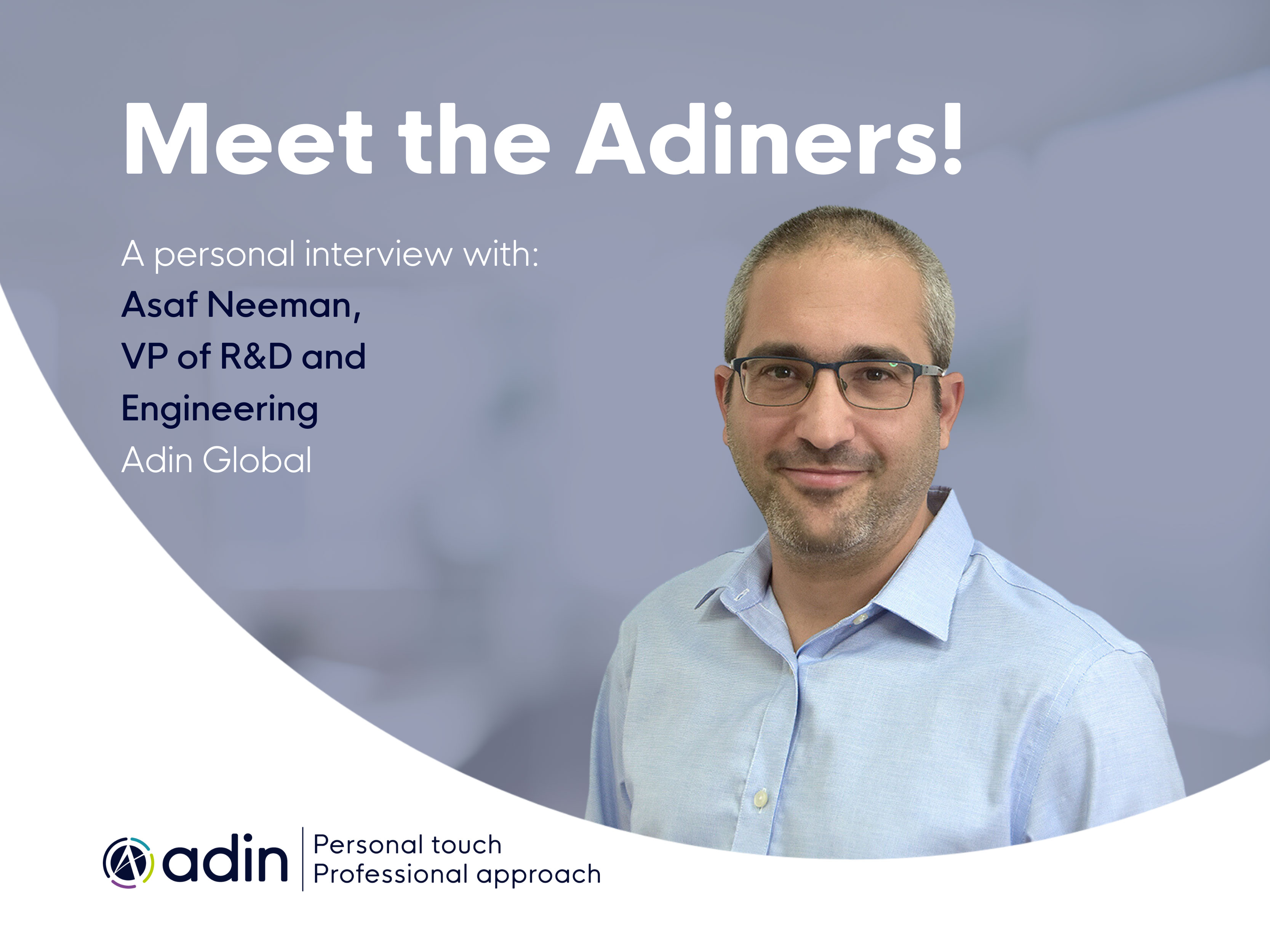


Leave a Comment